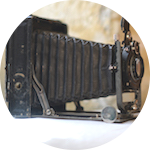Since 3 October 2013 when 370 migrants, mostly fleeing persecution in Eritrea, drowned less than one mile away from the Lampedusa coast, things have changed in Italy.
Shocked by so many deaths less than a mile from their coast, the Italians launched Operation Mare Nostrum, in the same month.
With the explicit aim to rescue migrants in danger, and launched without the agreement of other European states, the Italian Coast Guard estimated that the operation helped rescue166,370 people from overloaded boats around Italy in 2014.
Then, in November 2014, Operation Triton, manned by the EU border control agency Frontex, took over, in order to protect EU borders rather than help migrants.
However, Frontex quickly recognised the limitations of its mission, stating that:
“Operation Triton […] cannot be expected to handle the migrant challenge alone. It has two aircraft and a helicopter at its disposal, two open sea patrol vessels, and four coastal ones: a fleet appropriate to its mandate, which is to control the EU’s borders, not to police 2.5 million square kilometres of the Mediterranean.”
After more than 1000 migrants died in a few days in April 2015, EU leaders quickly convened an emergency summit, during which they agreed on more assets for search and rescue operations as well as increased funding for Triton. They also decided to launch a military operation against people smugglers in the Mediterranean.
But as policymakers keep trying to find new ways to stop migrants from making the dangerous Mediterranean crossing, thousands of desperate people continue to do so at their peril.
Italians of all walks of life are also trying to bring their help in order to curb one of the biggest humanitarian crises in the world today, as Tim Baster and Isabelle Merminod report.
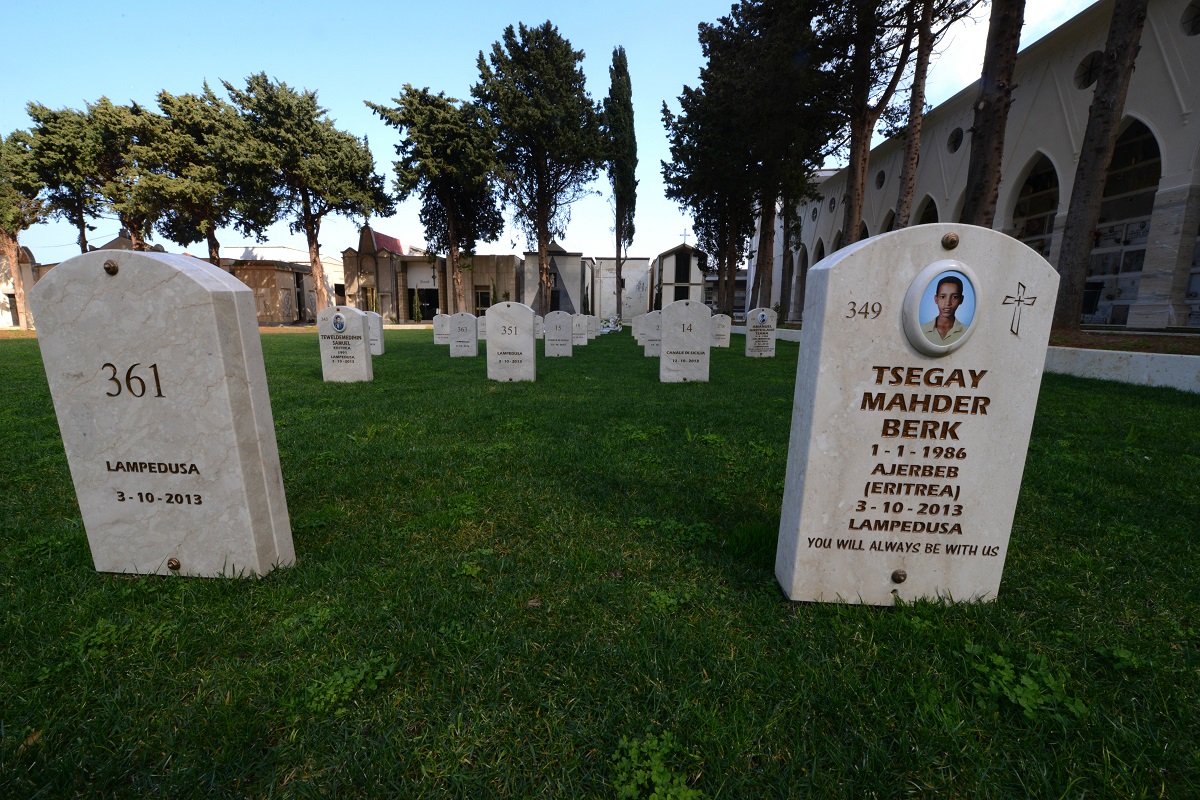
On the Italian island of Sicily, the impact of these migrant deaths has been profound. After the October 2013 shipwreck, Sicilians tried to find space for the bodies found at sea. No one cemetery could take all the dead, so the coffins were shared between cemeteries all over the island. Here at the Castellammare, the authorities built a special place of remembrance at the cemetery. Some graves merely have numbers, as no one knows the identity of the dead.
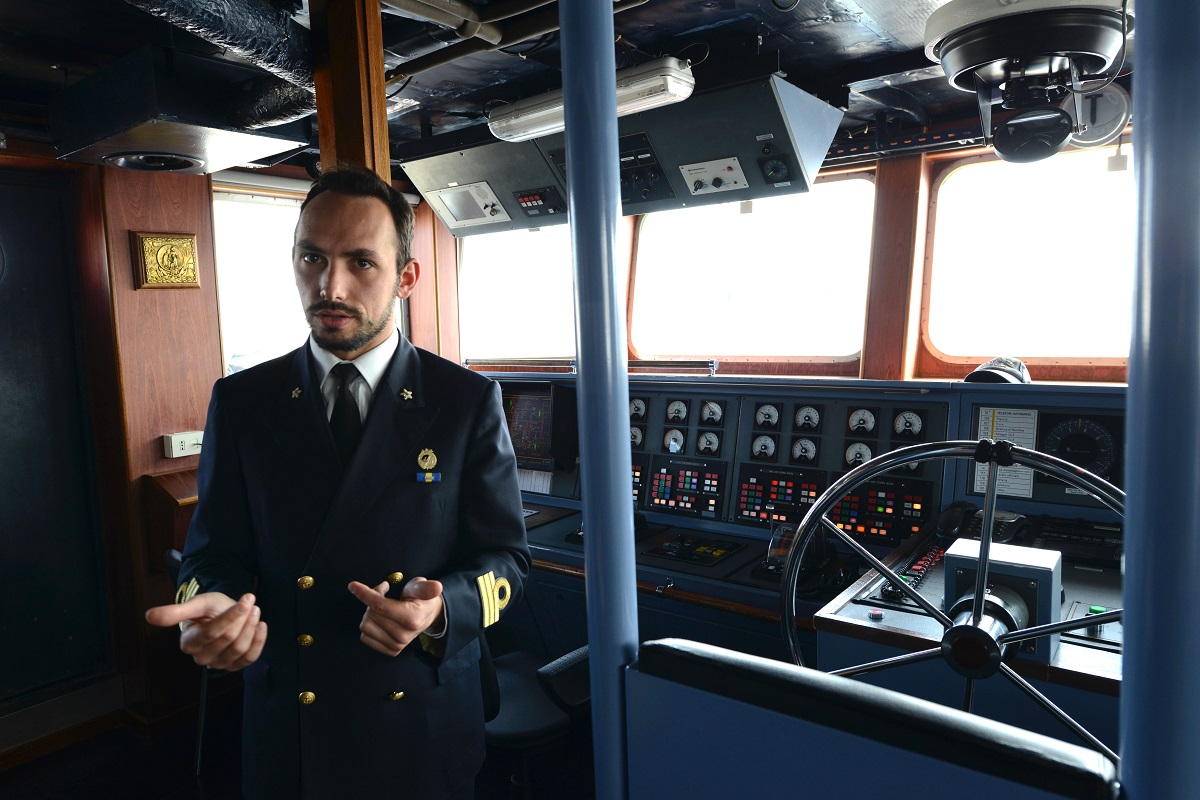
For Lieutenant Daniele Esibini, captain of the Italian Coast Guard ship the Peluso, based in the north-eastern Sicilian city of Messina, there are two main dangers for the migrants at sea. The first one is overloading, which can lead to capsizing. And the second - when the smuggler’s boat has two decks – is death through asphyxiation on the lower deck near the diesel and the heat of the engine. “[Doing this work] you can see the real desperation of people; escaping from wars or poverty. At sea we are their unique hope,” he says. When interviewed by Equal Times, Esibini was adamant that the Coast Guards would continue saving lives, pointing out that Italy is obliged to do so under the United Nations Convention on the Law of the Sea.
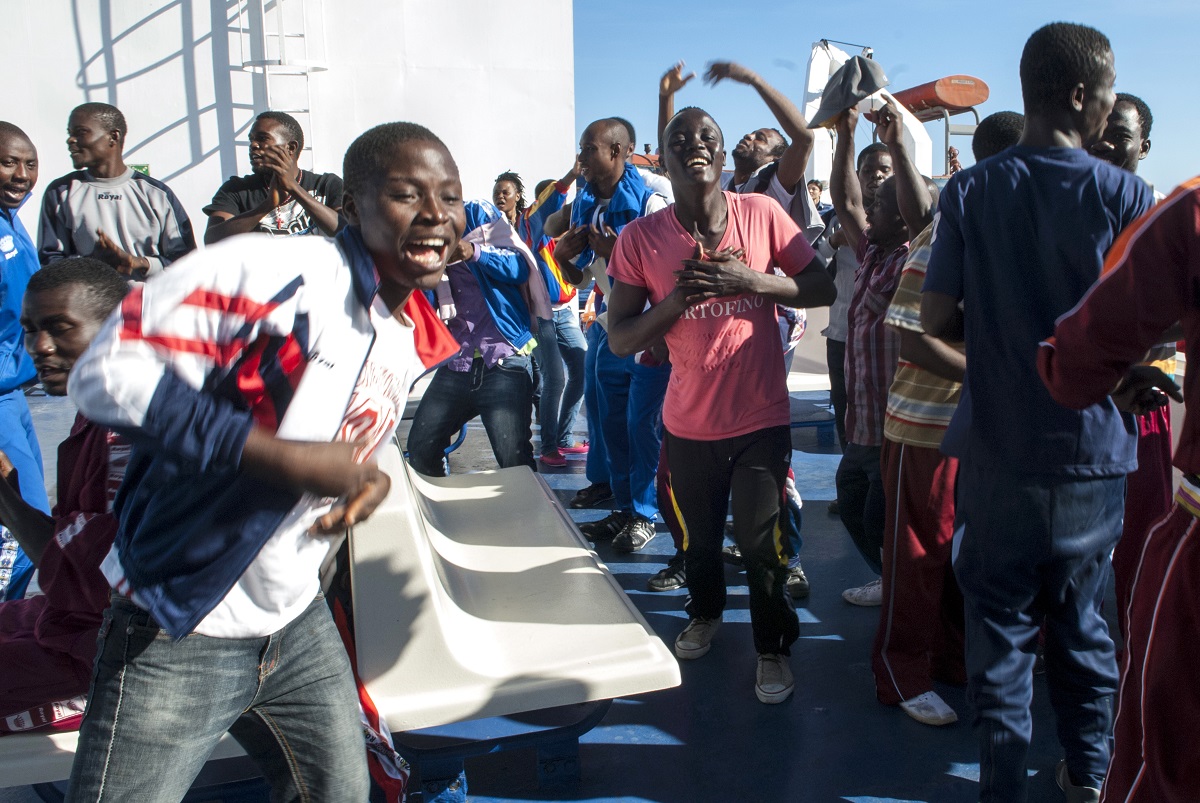
Rescued young people from West Africa dance and sing on a ferry going from Lampedusa to Agrigento on 18 October 2013. They were rescued before Operation Mare Nostrum, by the Italian Coast Guards, under a search and rescue operation. The coast guards are often helped by commercial ships, which are required under international law to assist in saving lives.
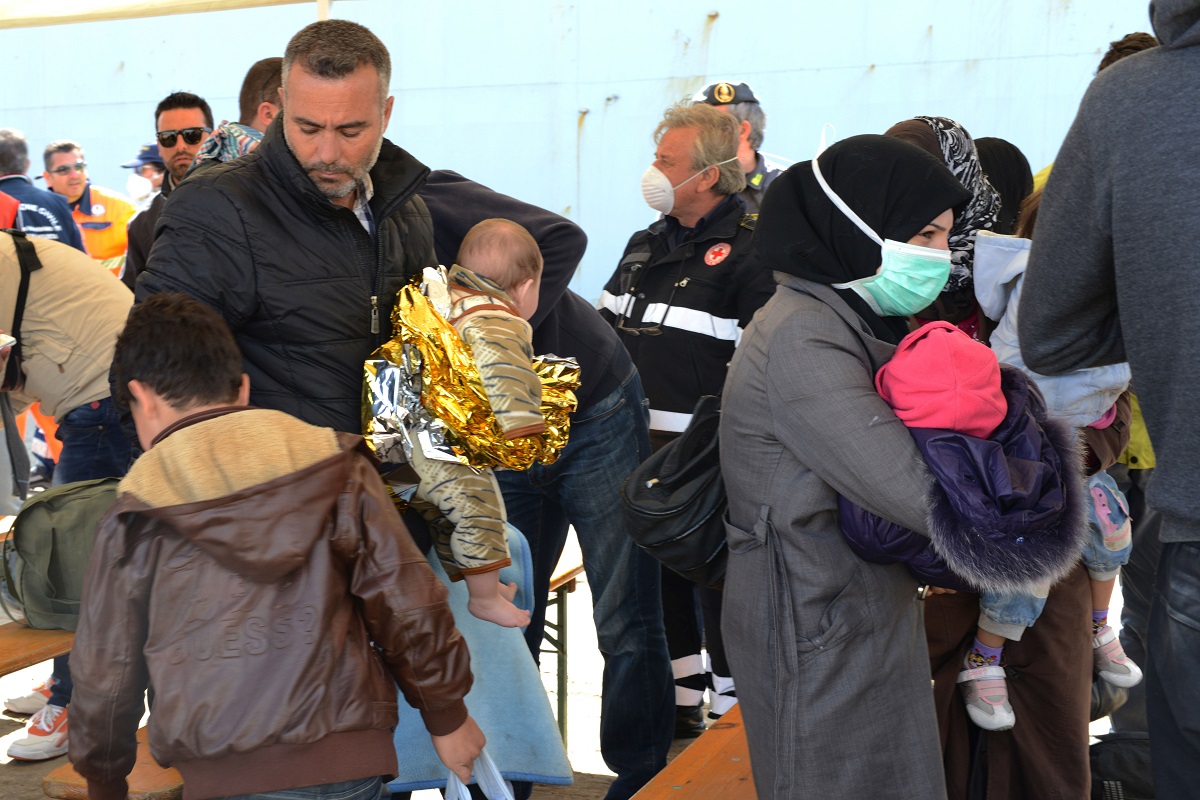
On 2 May 2014, at the port of Augusta, in Sicily, the naval vessel San Giorgio arrived with some 1,200 rescued migrants after three days at sea. The majority were from Syria, Eritrea and Somalia. According to the ship’s captain, Mare Nostrum operation provided five ships at sea, along with several helicopters and planes. Although Triton had less patrolling equipment to start with, EU countries have increased naval support after the tragedies of April 2015.
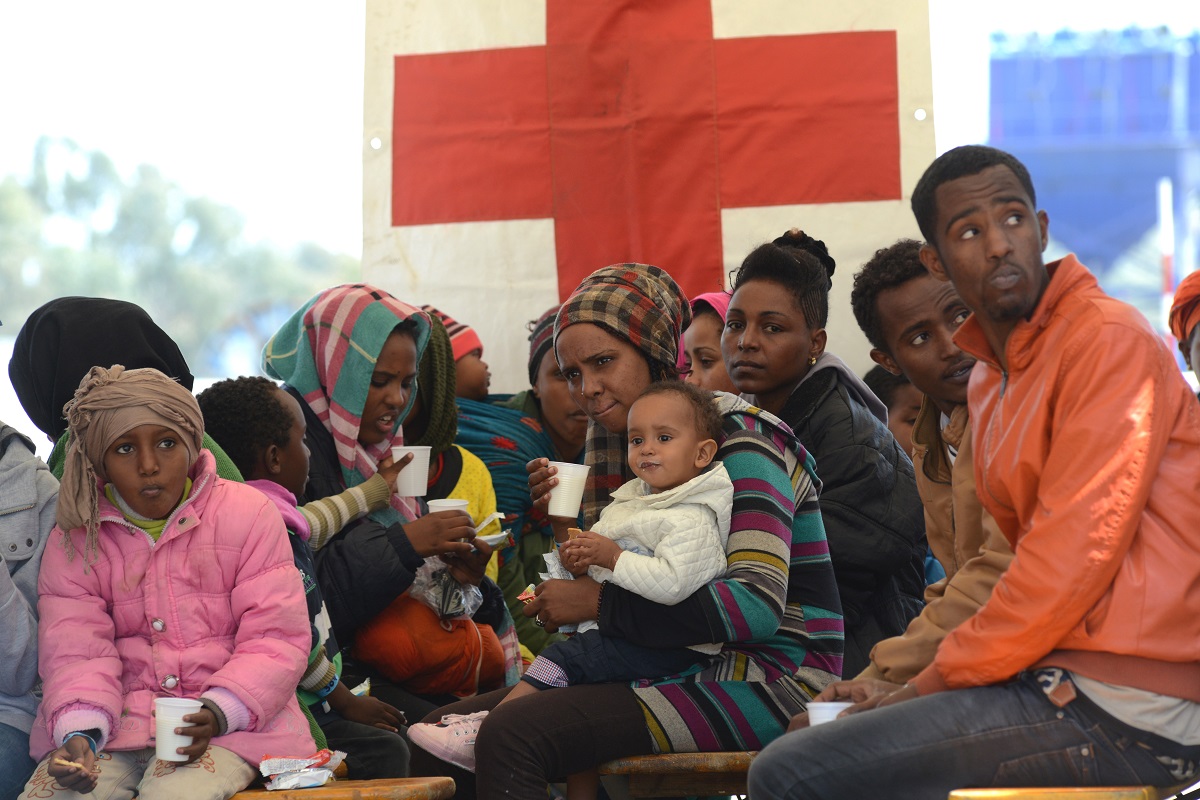
The International Committee of the Red Cross (ICRC) welcomes and support some 1,200 migrants as they get off the San Giorgio in the port of Augusta in Sicily on 2 May 2014, offering food, water and healthcare to new arrivals. According to an ICRC official, more and more people want to volunteer for the Red Cross to help the migrants arriving in the ships.
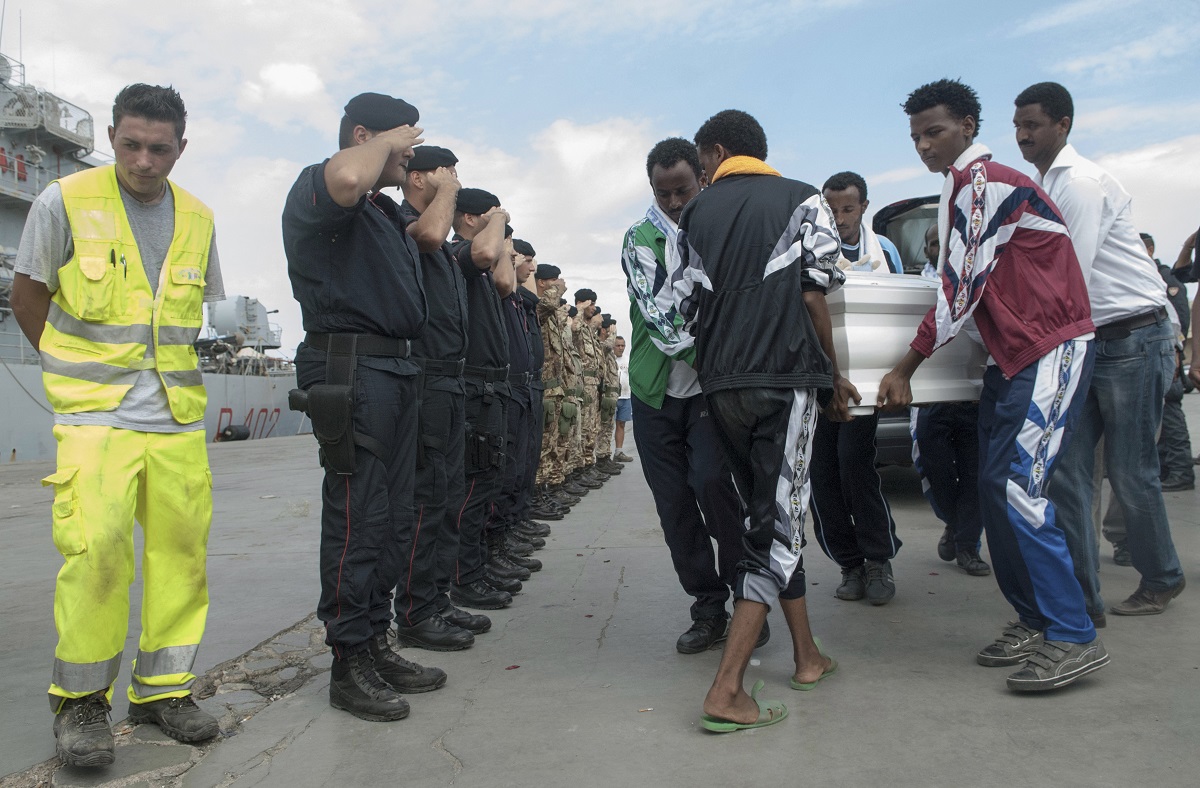
Italian police officers and soldiers stand to attention and salute as the white coffin of a child victim of the tragedy on 3 October 2013 is carried abroad the Italian naval vessel, the Libra. The coffin is carried by survivors and families of survivors.
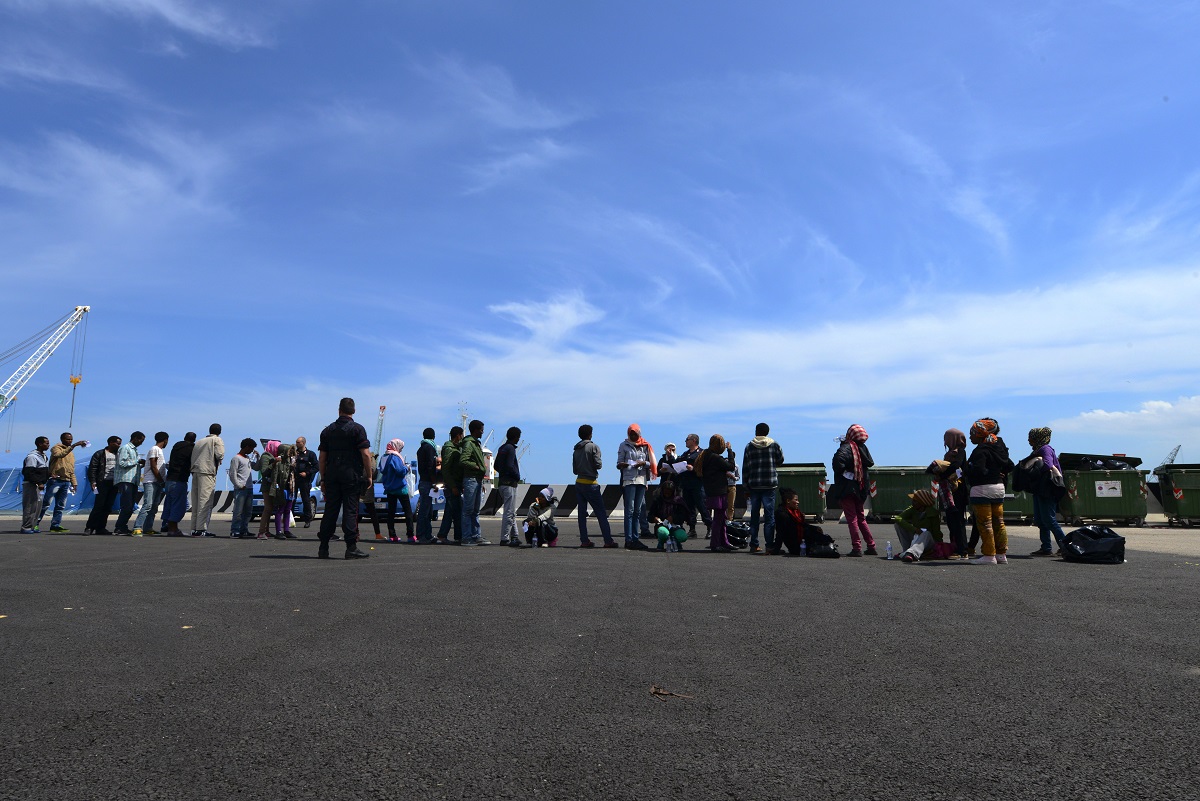
At the port of Augusta, in Sicily, on 2 May 2014, migrants are waiting to be transferred to Italy. One of the migrants interviewed by Equal Times, who didn’t want to be named, said: “I left Eritrea one year and three months ago. There is no democracy or freedom of religion…I miss my country so when there is freedom I want to go back… It is sad … all the people could have been saved. First of all I want to exercise my freedom. I am young and I want a bright future.”



